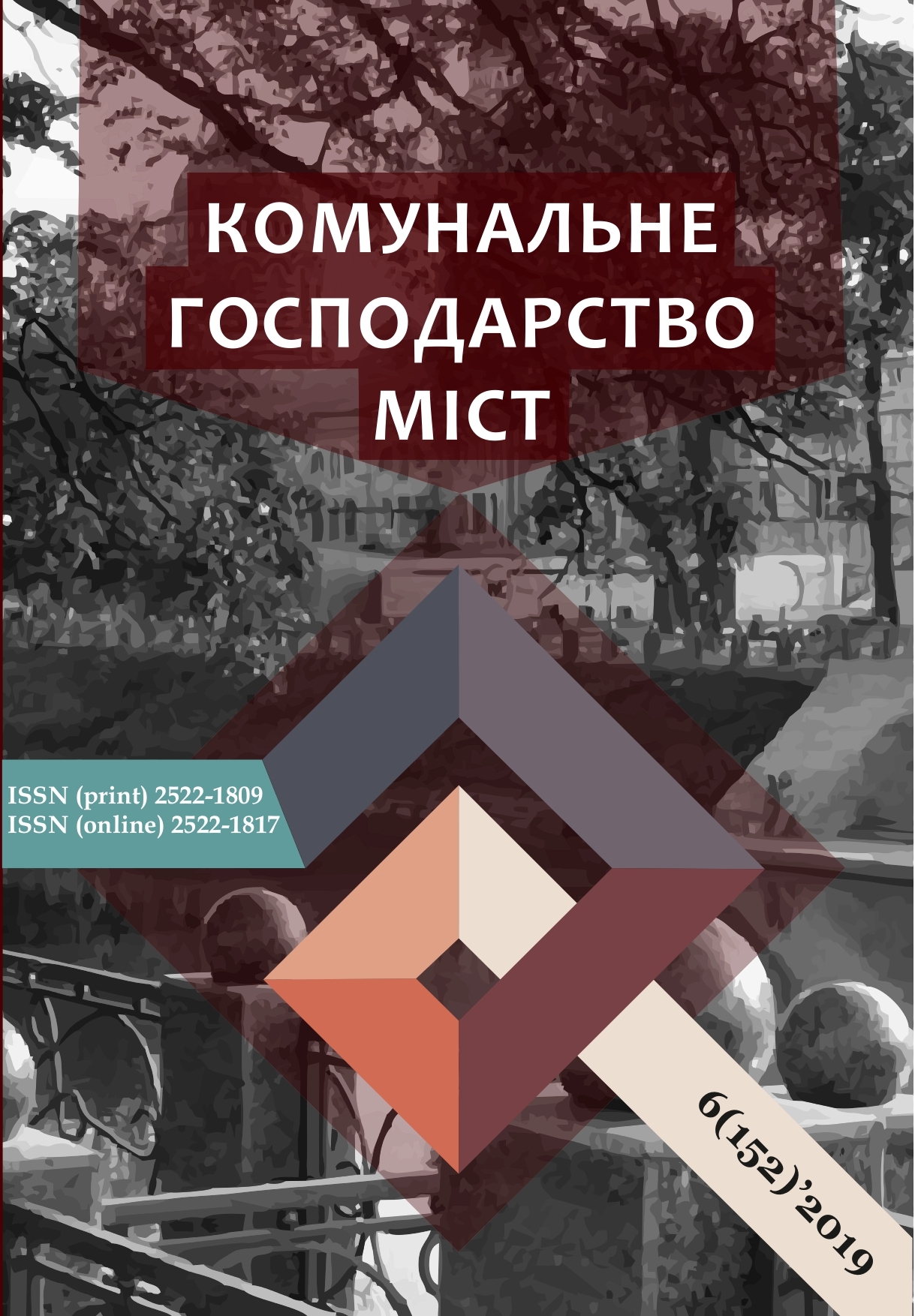DEVELOPMENT OF PROTECTIVE POLYMER COATINGS OF PIPELINES WITH ELECTROCONDUCTIVE FILLER
Array
Keywords:
epoxy coating, electrically conductive filler, oxygen catalyst, adhesive strengthAbstract
One of the promising directions for improving the reliability and efficiency of oil and gas equipment is the insulation of the surfaces of the equipment by thin-layer polymer coating. In products with a polymer coating, the strength and rigidity inherent in metals with chemical resistance, durability and a number of other special properties characteristic of polymers are successfully combined. The polymer coatings based on epoxy resins are the most widely used for these purposes.
The main disadvantages of epoxy coatings are their insufficiently high elasticity and low strength to the metal base, especially in the sub-zero temperatures, which greatly complicates the transportation of insulated pipes and the execution of construction and assembly works in track conditions.
On the basis of the latest scientific researches and publications the target selection of the curing agents for the epoxy system with electrically conductive filler has been carried out, the technology of its preparation has been worked out and the selection of components for realization of the required level of operational characteristics of the protective coating has been carried out.
When studying the adhesive strength of the coatings obtained, it was found that a significant effect belongs to the action of the accelerator. Noteworthy is the fact that the higher the initial activation temperature of the curing process of the reaction system, the less intensively decreases the adhesive strength of the coating under the influence of an aggressive environment. In this case, it is believed that the curing process takes place in more equilibrium conditions and forms a less strained mesh structure of the polypoxide in the curing process at elevated temperature and subsequent cooling to ambient temperature.
It has been established that compounds of boron trifluoride with aromatic amines are effective accelerators of curing epoxy compositions containing electrically conductive filler - polyaniline. Their presence in the reaction oligomeric system significantly reduced the curing period and brought the field (track) conditions of the epoxy coating onto the pipeline elements closer.
It is shown that in order to preserve the protective anti-corrosion properties of the epoxy coating of the pipeline, an acid catalyst having a higher temperature of the initial stage of activation of the epoxy system comprising a conductive filler should be preferred.
Thus, the proposed composition provides increased adhesive strength for anti-corrosion coating to the steel substrate and has improved technological properties that extend its use to protect the outer and inner surfaces of the storage tanks aqueous solutions of salts, protection of products and structures used in sea water and in the conditions of aggressive atmosphere on industrial objects and objects of housing and communal services.
References
Podgornyj, A.A. (1988) Zashita podzemnyh metallicheskih truboprovodov ot korrozii. – Kiev.: Budivelnik, 176.
Sakharova, L., Indeikin, Е., Manerov, V., Kulikova, О. (2005) Influence of Hardeners on Anticorrosive Properties of Epoxy Coatings. Materials and Manufacturing Processes, 20, 1, 57-63.
Kochnova, Z. A., Zhavoronok, E.S., Chalyh, A.E (2006 )Epoksidnye smoly i otverditeli: promyshlennye – M.: Pejnt-Media. – 200
Indejkin, E. A., Kurbatov, V. G., Ilin, A. A. (2010) Patent RF № 2443724, kl. S 08G 59/50, 2010 Modificirovannyj aminnyj otverditel epoksidnyh smol
Noding, S.A., Babinic, S.J., Scortichini, C.L. (1998) US Patent 5792830, 1998, Process for preparing polyaniline.
Bilym, P.A. (1990) Addukty trehftoristogo bora s aminozameshennymi arilensulfidami i otverzhdennye imi poliepoksidy: avtoref. dis. na soiskanie uchen. stepeni kand. him. nauk: 02.00.06 «Himiya vysokomolekulyarnyh soedinenij». – Moskva,25.
Gorlovskij, I. A., Indejkin, Е.А., Tolmachev, І.А. (1990) Laboratornyj praktikum po pigmentam i pigmentirovannym lakokrasochnym materialam – L.: Himiya, 286.
Karyakina, M. I. (1988) Ispytanie lakokrasochnyh materialov i pokrytij – M.: Himiya, 272.
Bilim, P. A, Hvorost, M. V, Priprostij, V. O., Kuhtik, M. K., Firsov, P. M., Zolotov, S. M., Kamchatna, S. M., Trikoz, L. V., Pustovojtova, O. M. Protikorozijne epoksidne pokrittya: pat.na korisnu model 132646 (Ukrayina): S 08G /.; zayavnik ta patentovlasnik HNUMG im. O.M. Beketova.– u201807641; zayavl.09.07.18 ; opubl.11.03.19, Byul. № 5.–3 s.
Downloads
Published
How to Cite
Issue
Section
License
The authors who publish in this collection agree with the following terms:
• The authors reserve the right to authorship of their work and give the magazine the right to first publish this work under the terms of license CC BY-NC-ND 4.0 (with the Designation of Authorship - Non-Commercial - Without Derivatives 4.0 International), which allows others to freely distribute the published work with a mandatory reference to the authors of the original work and the first publication of the work in this magazine.
• Authors have the right to make independent extra-exclusive work agreements in the form in which they were published by this magazine (for example, posting work in an electronic repository of an institution or publishing as part of a monograph), provided that the link to the first publication of the work in this journal is maintained. .
• Journal policy allows and encourages the publication of manuscripts on the Internet (for example, in institutions' repositories or on personal websites), both before the publication of this manuscript and during its editorial work, as it contributes to the emergence of productive scientific discussion and positively affects the efficiency and dynamics of the citation of the published work (see The Effect of Open Access).

